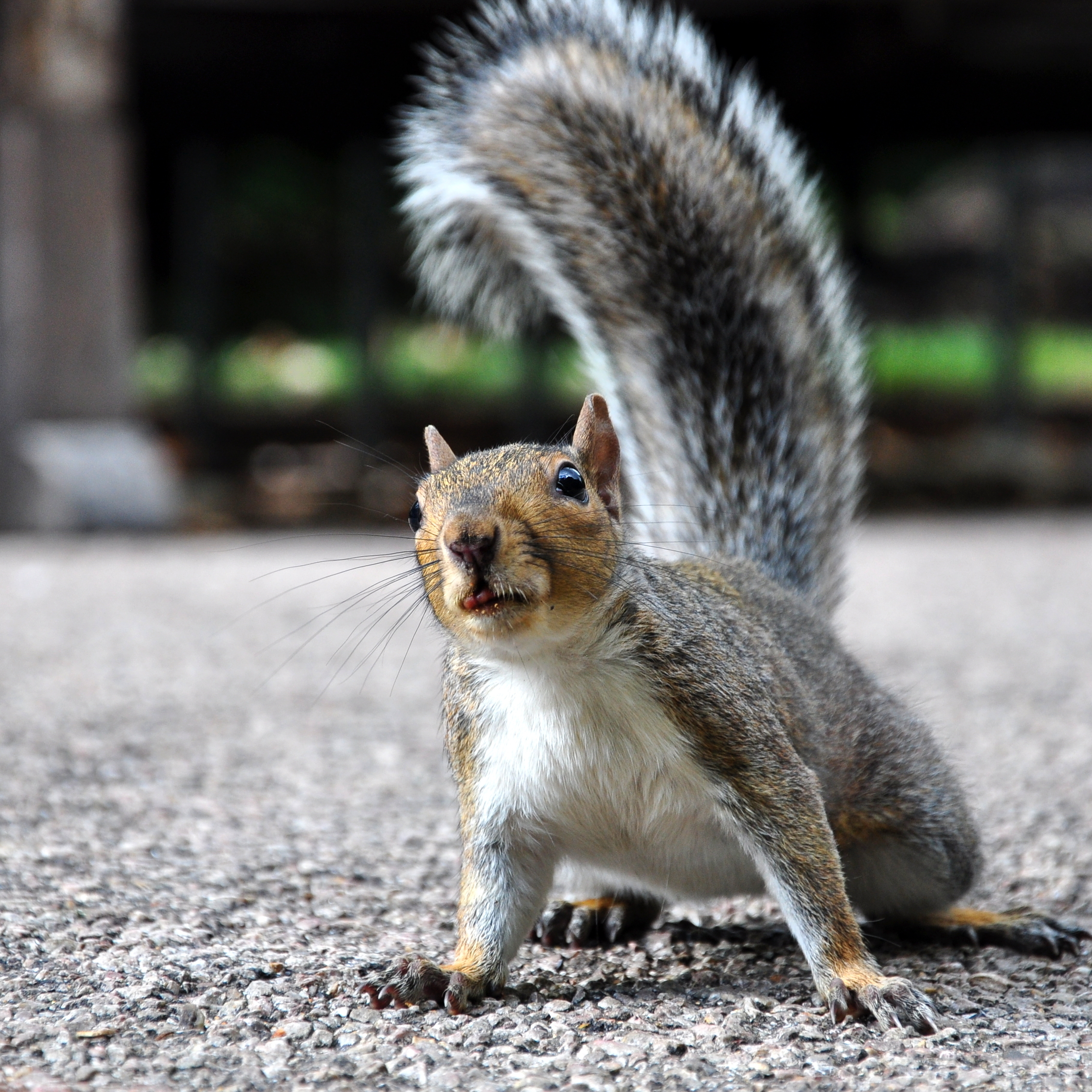True New Yorkers: Not Much Fazes NYC Squirrels

Most longtime New Yorkers have adopted habits to cope with life in a city of more than 8 million people. They might avoid eye contact on the subway, ignore people with clipboards on the sidewalk or stare at their phones to fend off unwanted interactions. But a new study finds that even the city's squirrels have made adjustments in order to avoid encounters with people.
In rural areas, most country squirrels view humans as potential predators. They become cautious and alert around people, keeping their distance, whether or not the human is looking directly at them.
"Some animal species never behaviorally adapt to humans — they always run when they see them," Bill Bateman, a biologist at Curtin University in Australia, who led the study, told Live Science in an email. "If an animal runs when it sees a human, it is because it sees the human as a risk and is prepared to stop doing what it is doing to escape. It pays a cost of stopping eating, or courting, but that is better than possibly being caught." [Image Gallery: Red Squirrel Moms and Babies]
But New York City squirrels barely seem to notice people, Bateman found. These urban squirrels have adapted their behavior to avoid unnecessary contact with humans, the study found. Compared to rural squirrels, city squirrels allow pedestrians to come relatively close, and only move away when they feel people's eyes intently watching them. This suggests that they can clearly discriminate between threatening and nonthreatening behavior.
Bateman observed Eastern gray squirrels in a residential area in Manhattan's highly populated and extremely busy Lower East Side. He dropped colored pins on the ground to measure the squirrels' "alert distance," or the distance between a squirrel and an observer once the squirrel was aware it was being watched. Bateman also measured the "distance fled," or how far the squirrel distanced itself from the observer.
Ninety percent of the squirrels moved out of the way when they noticed humans walking on a footpath, while only 5 percent stopped, froze and showed signs of being alert and vigilant, like a deer in headlights. Bateman said city squirrels are aware that humans are everywhere and that they can't run away all the time as a country squirrel would.
"In the city, the squirrels have honed this reaction down to tiny cues: Are the humans looking at me? That indicates higher risk than them ignoring me," Bateman said.
Get the world’s most fascinating discoveries delivered straight to your inbox.
Animals should still be sensitive to the potential threat of humans, but to be able to live freely in the presence of humans is one of the key behavioral traits of a successful urban adapter, Bateman and his co-author wrote in their study, published June 12 in the Journal of Zoology. These animals don't see humans quite as predators — in fact, humans might become "predation-free predators," the researchers said, and so the animals ignore people, rather than react fearfully. Armed with this lack of fear, the animals are in a better position to thrive and persist in the urban environment.
As urban areas continue to grow around the world, more wildlife may need to adapt to city life. In the future, Bateman would like to explore the behavior of birds, mammals and reptiles in Australia that thrive in urban areas full of human activity.
Follow Jillian Rose Lim @jillroselim & Google+. Follow us @livescience, Facebook & Google+. Original article on Live Science.


